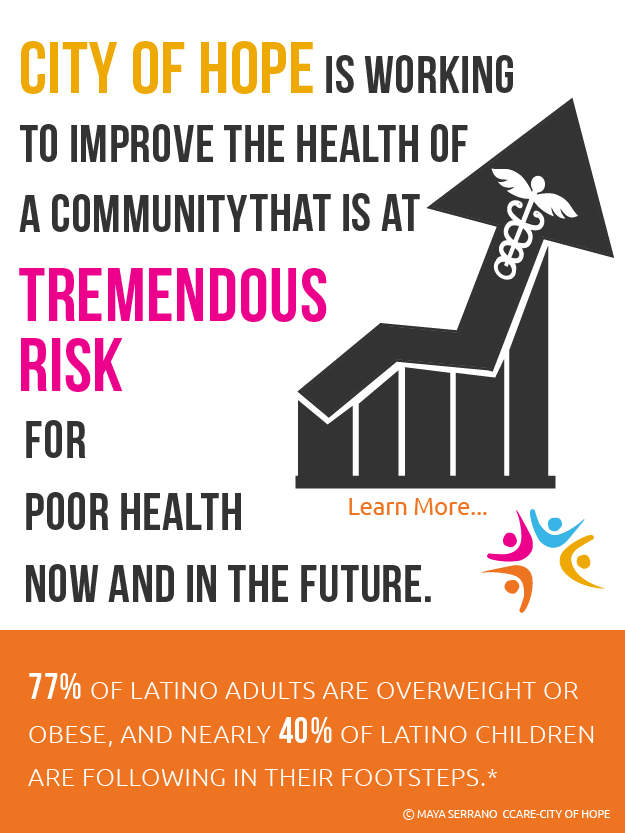
Strawberries Join The Fight Against Diabetes
11/02/2015 06:00AM | 7087 viewsHere’s food for thought: Two new studies, one from Brigham and Women’s Hospital/Harvard Medical School, and the other from Illinois Institute of Technology, discovered that eating strawberries regularly may reduce risk factors for diabetes, one of the most significant chronic diseases affecting Americans today. The research uncovered a direct correlation between frequency of strawberry intake and reduced risk factors for diabetes.
The first study, “Strawberry polyphenols and insulin resistance: a dose-response study in obese individuals with insulin resistance,” at the FASEB Experimental Biology conference by Britt Burton-Freeman, Ph.D., MS, Director, Center for Nutrition Research, Institute for Food Safety and Health at Illinois Institute of Technology, found that when obese adults with insulin resistance, a condition that dramatically increases person’s risk for type 2 diabetes and pre-diabetes, consumed beverages containing different amounts of whole strawberry powder prepared in a beverage and drank with a meal, peak glucose was blunted with less insulin in individuals who consumed the highest amounts tested, about 3 to 4 servings of strawberries with their meal.
Meanwhile, at the 2015 American Diabetes Association’s 75th Scientific Sessions, Dr. Howard Sesso, ScD, MPH of Brigham and Women’s Hospital/Harvard Medical School presented the study Strawberry intake, hemoglobin A1c, and risk of developing diabetes in women, which examined data from the Women’s Health Study, which included over 37,000 nondiabetic middle-aged women. At the start of the study, the women reported how often they ate strawberries. More than a decade later, over 2,900 women developed diabetes. Compared to women who rarely or never ate strawberries, those who had at least 2 servings of strawberries each week had a significant 19% lower risk of developing diabetes. Dr. Sesso, who led the Harvard study, said, “We found that eating even a modest amount of strawberries each week was associated with a decreased risk of developing diabetes in middle-aged and older women.”
Further, the Harvard researchers looked at the women’s hemoglobin A1c, a marker for high blood sugar. Women who ate more strawberries may be less likely to have an elevated hemoglobin A1c exceeding 6 percent.
Collectively, the data presented from these researchers have important implications for diabetes disease risk reduction efforts through diet.
Tips On Enjoying Strawberries
A serving of strawberries is 1 cup, or about eight berries.
• Select strawberries that are bright red in color, and that have a natural shine and fresh-looking, green caps.
• Refrigerate and keep them dry until just before use.
• Leave the green caps on and wash with a gentle spray of cool water.
• Gently blot them dry and remove the green caps with a light twist or the point of a knife.
Here are a few fresh ideas for enjoying strawberries:
• Toss sliced strawberries over a green salad and drizzle with balsamic vinaigrette.
• Top your morning cereal with sliced strawberries.
• Dip fresh strawberries in dark chocolate.
• Freeze whole strawberries and use them to cool your cocktails.












Post your Comment
Please login or sign up to comment
Comments